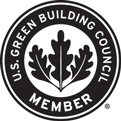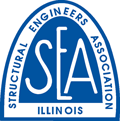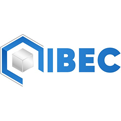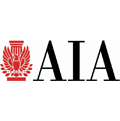Avoid Unintended Consequences When Increasing Your Facility’s Relative Humidity Levels to Slow COVID-19 Transmission
Posted by: ZS on April 24, 2020
Avoid Unintended Consequences When Increasing Your Facility’s Relative Humidity Levels to Slow COVID-19 Transmission
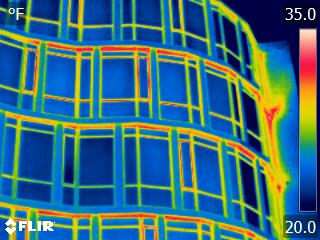
In the coming months, building owners and facility managers will need to consider taking steps like adjusting relative humidity levels to help protect employees returning to onsite work spaces. Research has shown that increasing relative humidity above 40% in the built environment can limit transmission of viruses like COVID-19*. However, making adjustments to your interior humidity settings can lead to other unwanted issues like condensation, corrosion, and mold growth. Therefore, it is important to perform a thorough review of the building enclosure to determine current performance as well as identify air leakage and thermal bridging locations before making adjustments to your interior environment
Thermal image of curtain wall identifying locations
susceptible to condensation from high humidity.
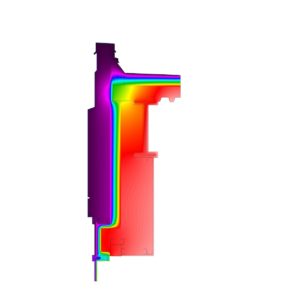
Our team of building envelope professionals are trained and certified in both infrared thermography and thermal modeling. Using these state-of-the-art technologies in conjunction with traditional building enclosure testing, we can identify potential building envelope issues and provide solutions to address these problems before they occur. With the use of thermal modeling, ZS is able to provide a range of humidity level set points based on the outside air temperature to maximize the potential of this virus transmission reduction strategy without causing damage to the building enclosure.
ZS is a specialty architectural engineering firm headquartered in Milwaukee with additional offices in Chicago, Denver, and Raleigh-Durham. For more information please contact Darin Rickert, AIA at drickert@zsllc-us.com or visit our website at www.zsllc-us.com.
*Source: (“COVID-19 Pandemic: Built Environment Considerations To Reduce Transmission,” American Society of Microbiology; March/April 2020 Volume 5 Issue 2 e00245-20).
Thermal modeling of window mullion assembly to determine
susceptibility to condensation.

